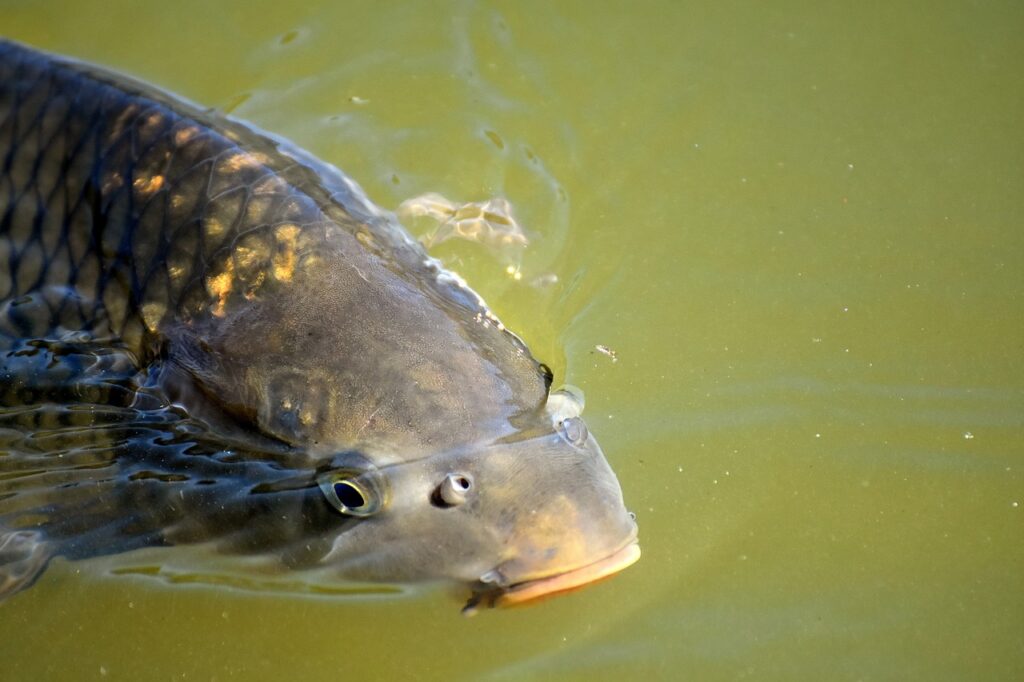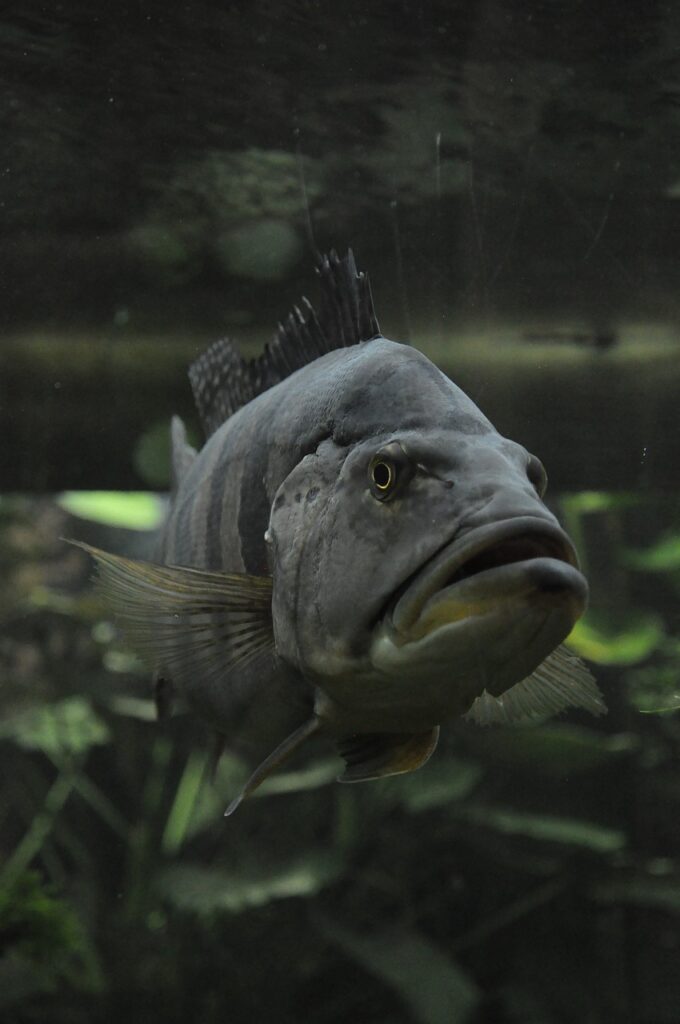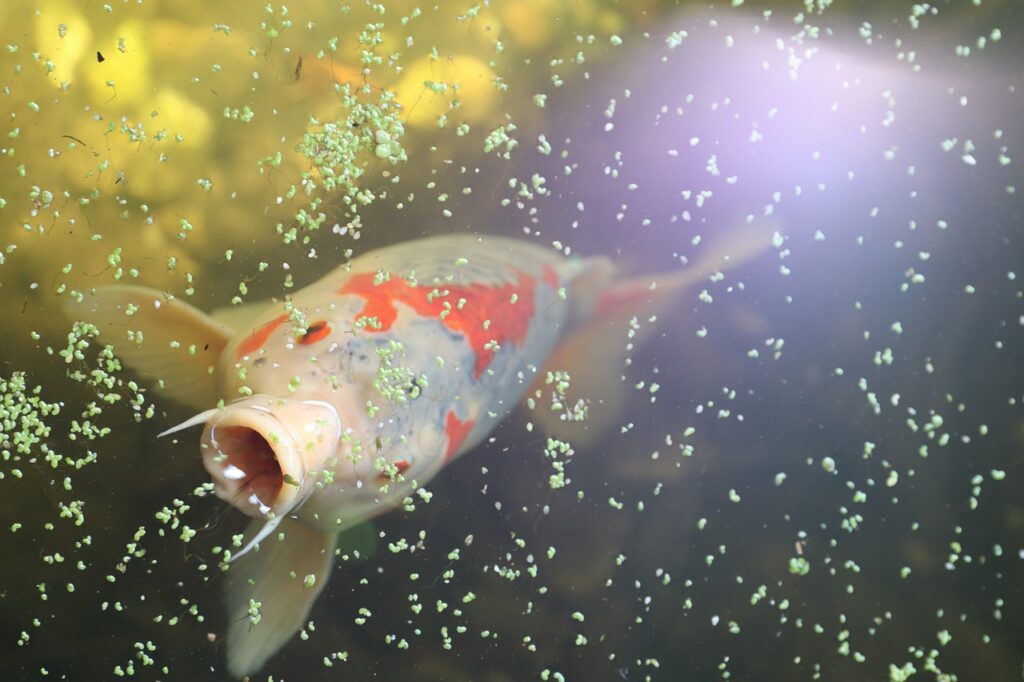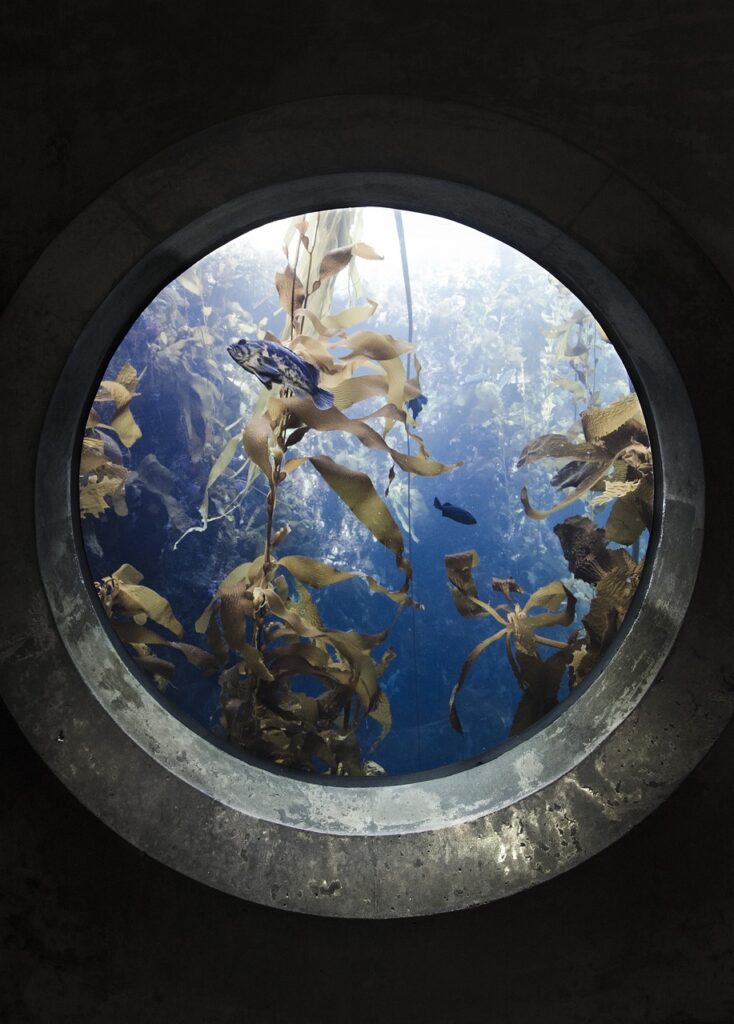When your aquarium friends start showing signs of fungal infections, it can be a worrying time, but with the right knowledge and care, you can nurse them back to health. “Understanding And Treating Fungus In Fish” guides you through identifying different types of fish fungi, understanding their causes, and implementing effective treatments.
You’ll find practical advice on maintaining a healthy tank environment, recognizing early symptoms, and utilizing various treatment options to ensure your fish can thrive again. Dive in and become a proactive caretaker for your aquatic companions! Have you ever noticed a fuzzy growth or slimy build-up on your fish and wondered what it was?
Don’t worry; you’re not alone! Many fish enthusiasts encounter this issue at some point. Fungi are common in aquatic environments and can be harmful to your fish if left untreated. Understanding and treating fungal infections can help ensure your fish stay healthy and happy.
What Is Fish Fungus?
Fish fungus, often referred to simply as “the fuzz,” is a fungal infection that can affect aquarium and pond fish. It typically appears as white or gray patches that can look like cotton on the fish’s skin, fins, or gills. Various types of fungi can cause these infections, but the most common culprits are the Saprolegnia and Achlya species.
Types of Fish Fungi
Although numerous fungi can infect fish, the two most commonly encountered in aquarium settings are:
- Saprolegnia spp.: Generally affects fish that are already suffering from other stressors like injuries or poor water quality.
- Achlya spp.: Similar to Saprolegnia, it predominantly affects fish under stress but can also infect fish eggs.
The presence of each type can lead to severe health issues for your fish if not treated promptly.
How Do Fish Get Fungus?
Fungal spores are naturally present in almost all aquatic environments. They usually don’t pose a threat to healthy fish. However, fish that are stressed, have minor injuries, or are living in poor water conditions are more susceptible to fungal infections.
Common causes include:
- Poor water quality (high ammonia, nitrite, or nitrate levels)
- Injuries from handling or fights
- Pre-existing bacterial infections
- Contaminated or old food
- Stress from overcrowding or improper tank conditions

Symptoms of Fungal Infections in Fish
Identifying the symptoms of a fungal infection early can make all the difference in successful treatment. Here’s what you should look for:
Visible Signs
You’ll often notice:
- White or gray patches that resemble cotton wool
- Slimy or fuzzy appearance
- Redness or inflammation around infected areas
- Detachment of scales or skin peeling
Behavioral Changes
Behavioral symptoms may include:
- Lethargy or reduced movement
- Gasping at the surface for air
- Loss of appetite
- Avoidance of other fish or hiding more frequently
Sometimes these symptoms are mistaken for bacterial infections, so it’s essential to look closely and, if possible, consult a veterinarian.

Diagnosing Fish Fungus
Before treating your fish for fungal infections, accurate diagnosis is crucial. Misdiagnosis can lead to ineffective treatments and wasted time and money.
Observation and History
Start by carefully observing the infected fish. A detailed history, including the fish’s recent behavior and any changes in the tank environment, can provide vital clues.
Questions to consider:
- When did you first notice the symptoms?
- Has there been any recent injury or stress?
- Are other fish displaying similar symptoms?
- Have there been any changes in water parameters?
Confirmatory Tests
For an accurate diagnosis, especially in severe or persistent cases, consult an aquatic veterinarian. They may perform several diagnostic tests, including:
- Microscopic Examination: To identify fungal spores from skin or gill swabs.
- Water Quality Tests: To check for parameters like pH, ammonia, nitrites, and nitrates.
- Culture Tests: Growing the fungi in a lab to identify the species.
Treating Fish Fungus
Once you’ve diagnosed a fungal infection, the next step is treatment. The success of treatment can significantly improve with prompt action.
Quarantine the Infected Fish
Isolate the infected fish in a separate quarantine tank to prevent the spread of fungi to other healthy fish. This tank should have similar water conditions to the main tank but should be easier to manage and treat.
Medications and Treatments
Several medications are effective in treating fish fungal infections. They include:
- Antifungal Medications: Such as Methylene Blue, Malachite Green, and aquarium salt baths.
- Topical Treatments: Applying antifungal ointments directly on the affected areas can help when the infection is localized.
- Water Treatments: Adjusting the water quality – maintaining proper pH, ammonia, nitrate, and nitrite levels is crucial for recovery.
Common Antifungal Medications
| Medication | Usage | Notes |
|---|---|---|
| Methylene Blue | One of the most common aquarium antifungal agents | Can also help in treating fish eggs |
| Malachite Green | Effective against a wide range of fungal infections | Use with caution; toxic in high concentrations |
| Aquarium Salt | Helps in relieving stress and treating mild fungus | Make sure to use the correct dosage |
Environmental Adjustments
In addition to medications, you’ll need to make some adjustments to your fish tank environment to create optimal conditions for your fish to recover.
- Maintain Clean Water: Change 25% of the water in your aquarium weekly.
- Correct Filtration: Ensure your tank has an efficient filtration system to remove waste and toxins.
- Regulate Temperature: Keep the water temperature stable. Sudden fluctuations can stress your fish.
- Aeration: Increased aeration can improve oxygen levels, facilitating better health overall.

Prevention Tips
The best way to combat fish fungus is prevention. Several steps can significantly minimize the risk of fungal infections in your aquarium.
Regular Maintenance
Regular maintenance is the cornerstone of a healthy aquarium. Stick to a routine that includes:
- Weekly water changes (25% of the total water volume)
- Cleaning the tank and filters monthly
- Regularly testing water parameters (pH, ammonia, nitrite, nitrates)
Proper Nutrition
Good nutrition is vital for keeping your fish healthy and resilient against infections. Balance their diet with:
- High-quality commercial fish food
- Occasional treats (brine shrimp, bloodworms)
- Avoidance of overfeeding, which can degrade water quality
Early Intervention with Signs of Stress
Fish often exhibit signs of stress before developing fungal infections. These can include:
- Erratic swimming
- Clamped fins
- Loss of appetite
Early intervention can prevent a fungal outbreak. Address the root cause of stress by ensuring:
- Proper tank mates
- Adequate space
- Clean water
- Nutritional diet
Common Misconceptions About Fish Fungus
There’s plenty of misinformation out there about fish fungus. Here are some common myths:
Myth 1: Fungi Only Affect Sick Fish
While it’s true that stress and injury make fish more susceptible to fungal infections, healthy fish can also get infected if the water quality is poor or if there’s an outbreak in the tank.
Myth 2: Fungi Doesn’t Spread from Fish to Fish
Fungal spores can quickly spread in water, infecting other fish. That’s why quarantining the infected fish is so important.
Myth 3: Once Treated, Fungus Won’t Return
Without addressing the root cause, there’s a high chance of recurrence. Always follow up with preventive measures after treatment.

When to Seek Professional Help
While many fungal infections can be treated at home, there are times when you need to seek professional help.
Persistent Infections
If your fish’s fungal infection doesn’t improve or worsen after initial treatments, consult an aquatic veterinarian. They can offer more advanced treatments and diagnostic services.
Secondary Infections
Sometimes, fungal infections can lead to secondary bacterial infections. Signs include:
- Red streaks on the skin or fins
- Swelling or pus
- Increased lethargy or failure to eat
A veterinarian can prescribe antibiotics to treat bacterial infections in conjunction with fungal treatments.
Complex Diagnoses
In cases where it’s hard to determine if the issue is fungal, bacterial, or parasitic in nature, a professional can provide accurate diagnostic procedures.

Understanding And Treating Fungus In Fish
Dealing with fish fungus can be a challenging experience, but with a little knowledge and prompt action, you can ensure your fish recover and remain healthy. By understanding the causes, symptoms, and treatment options, you’re well-equipped to combat the fuzz and keep your aquatic friends happy. Remember, a clean environment, proper nutrition, and regular maintenance are your best defenses against fish fungal infections.
Happy fish keeping! If you found this guide helpful, feel free to share it with your fellow fish enthusiasts!
